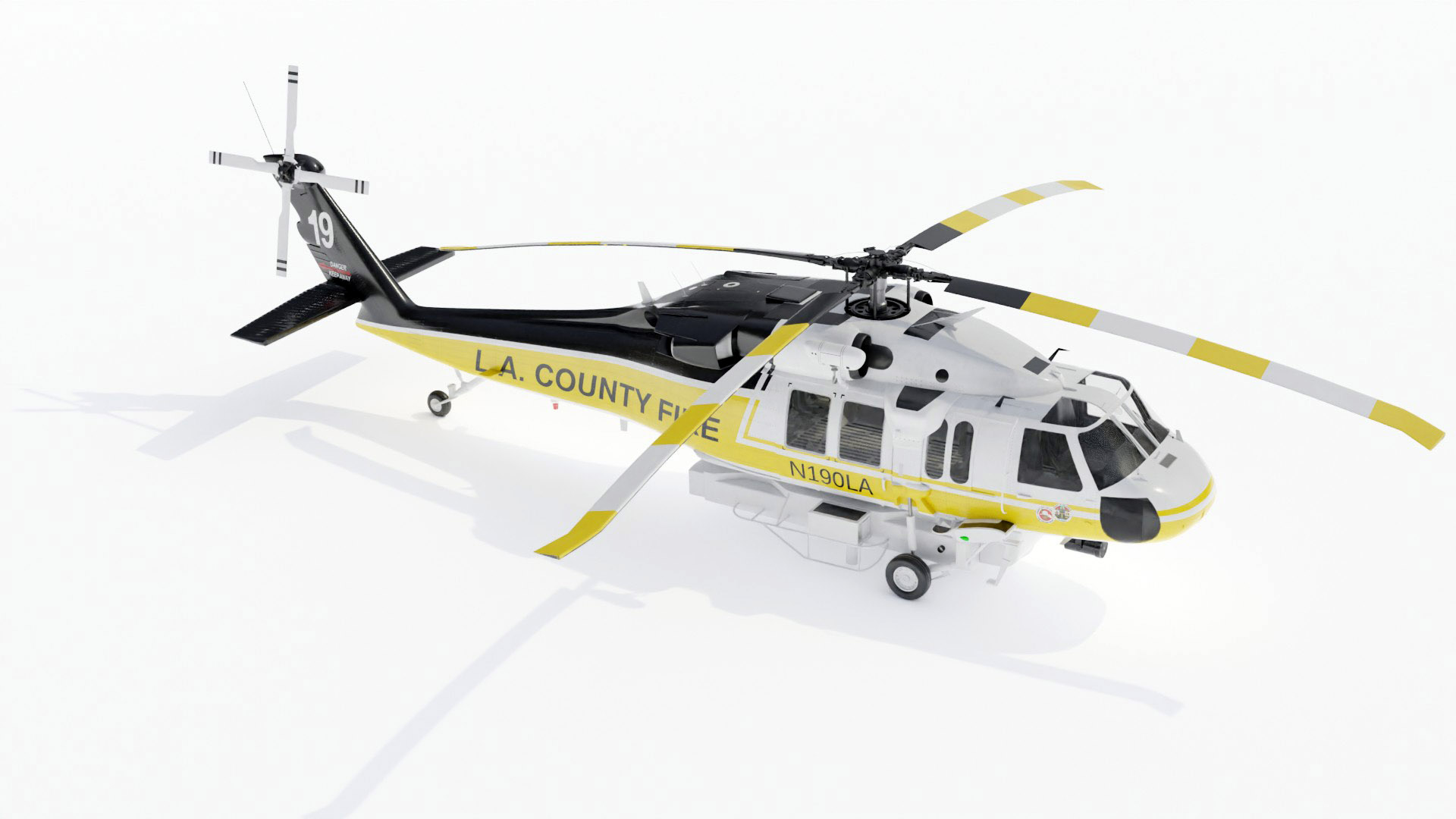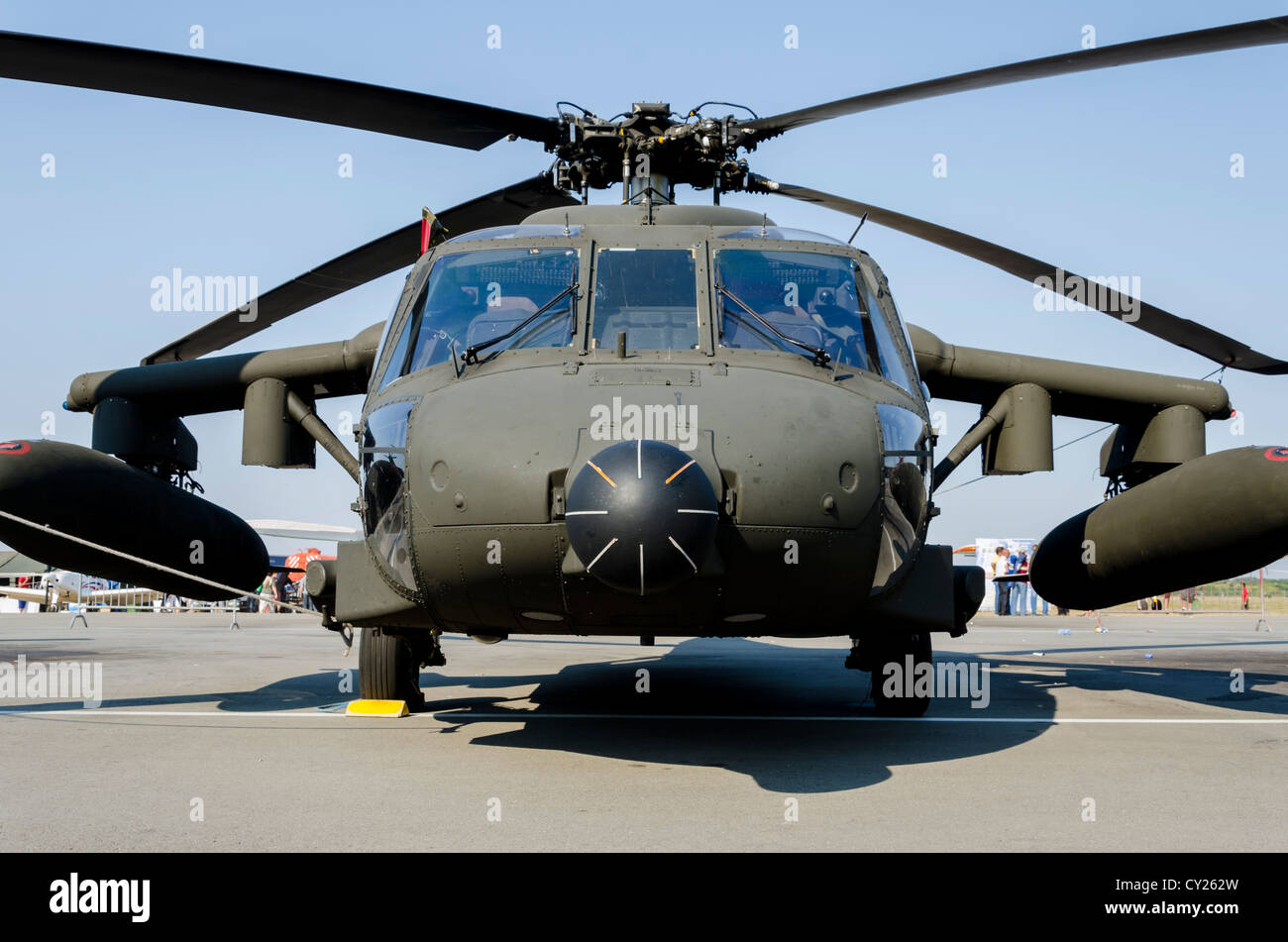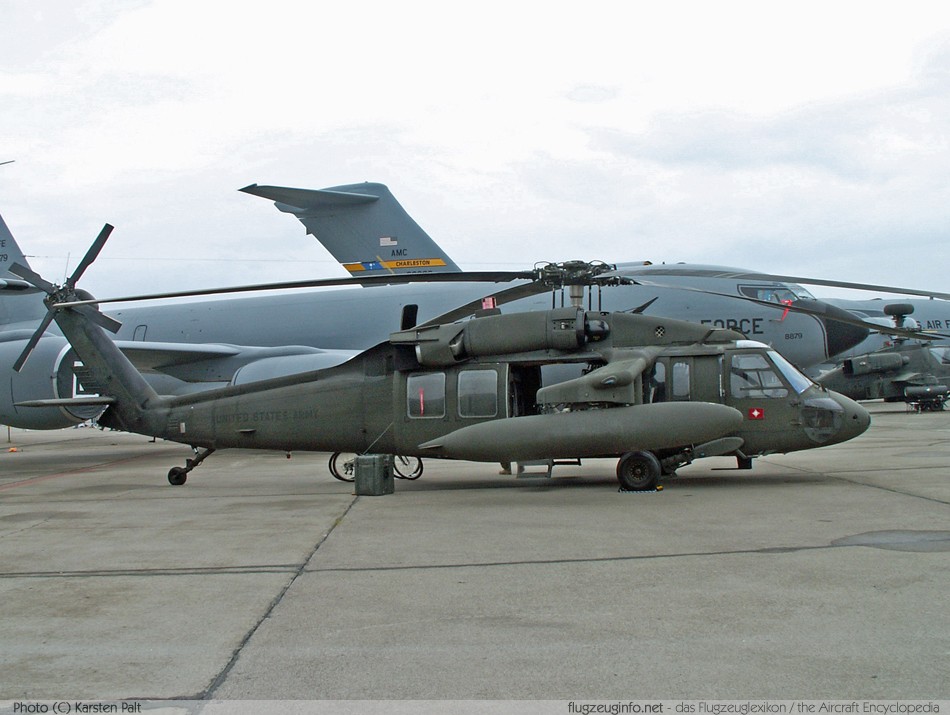High-Performance Multi-Role Rotorcraft Featuring Advanced Cockpit Technologies and Integrated Sensing Unit Systems
The realm of rotorcraft modern technology has actually seen noteworthy innovations in recent times, especially in the realm of high-performance multi-role rotorcraft geared up with advanced cockpit modern technologies and flawlessly incorporated sensor systems. These developments have not just enhanced the functional abilities of rotorcraft however have actually likewise considerably impacted modern air travel operations on different fronts. From enhanced objective convenience to improved functional efficiency, the merging of sophisticated cockpit innovations and incorporated sensing unit systems has actually ushered in a brand-new era of opportunities for rotorcraft applications. In the following discussion, we will check out the development of rotorcraft modern technology, explore the world of sophisticated cabin technologies, and examine the implications of integrated sensor systems on the operational adaptability and efficiency of contemporary rotorcraft.
Evolution of Rotorcraft Innovation
The advancement of rotorcraft innovation has actually been noted by considerable developments in aerodynamics, materials, and propulsion systems, shaping the abilities and performance of modern-day rotorcraft. Wind resistant enhancements have enhanced the efficiency and maneuverability of rotorcraft, permitting boosted speed, agility, and security during trip (sikorsky s 70). Innovations in products, such as making use of composite products and advanced alloys, have caused lighter yet stronger rotorcraft frameworks, boosting overall efficiency and sturdiness. In addition, innovations in propulsion systems, consisting of a lot more effective engines and cutting-edge propulsion technologies, have actually allowed rotorcraft to attain greater elevations, faster speeds, and higher payloads.
These innovations have not just transformed the capabilities of rotorcraft but have additionally broadened their applications across various industries, consisting of armed forces, commercial, and emergency solutions. The continual development of rotorcraft technology continues to drive development in the field, pushing the boundaries of what is possible and forming the future of vertical trip.
Advanced Cockpit Innovations
Structure upon the fundamental developments in the rules of aerodynamics, products, and propulsion systems, the realm of rotorcraft technology currently shifts focus in the direction of pioneering Advanced Cabin Innovations. The combination of cutting-edge innovations within the cockpit atmosphere plays a vital function in boosting the operational abilities, safety, and performance of modern rotorcraft. sikorsky s 70. Advanced Cabin Innovations include a wide variety of features created to supply pilots with improved situational awareness, streamlined data monitoring, and user-friendly control user interfaces
One of the crucial developments in cabin design is the application of glass cabins, which replace typical analog gauges with high-resolution screens. These electronic systems use personalized layouts, real-time data combination, and improved readability, allowing pilots to accessibility critical info at a glance. Advanced avionics systems, such as fly-by-wire controls and enhanced truth screens, are changing how pilots communicate with the aircraft, allowing for accurate control and boosted decision-making capacities.


Including advanced cabin advancements not only improves pilot performance yet likewise contributes to general mission performance and security in complex operational settings. By leveraging advanced innovations within the cabin, rotorcraft suppliers are establishing new criteria for operational excellence and goal success.
Integrated Sensor Equipments
With the development of rotorcraft innovation, the integration of innovative Integrated Sensor Equipment has actually ended up being paramount in improving functional performance and security. These Integrated Sensing unit Solutions incorporate a large range of modern technologies that supply critical information for different features such as navigation, monitoring, targeting, and environmental surveillance. By perfectly incorporating sensors like radars, cams, lidar, and infrared systems into rotorcraft, drivers can take advantage of improved situational awareness, enhanced goal capabilities, and lowered pilot work.
One secret benefit of Integrated Sensing unit Systems is their capability to gather real-time data and provide workable understandings to pilots and mission operators. Progressed radar systems can spot and track targets over long ranges, allowing for early risk discovery and effective reaction planning. Furthermore, incorporating electro-optical and infrared electronic cameras enables rotorcraft to conduct reconnaissance and monitoring goals with accuracy and precision.
Essentially, the assimilation of cutting-edge sensing unit technologies into rotorcraft not only enhances operational efficiency however likewise adds significantly to overall mission success and staff safety. As rotorcraft continue to progress, the function of Integrated Sensor Solution will undoubtedly continue to be at the center of technology in the aerospace sector.
Operational Versatility and Performance
Enhancing functional flexibility and efficiency in rotorcraft is an all-natural development from the combination of advanced Integrated Sensor Solutions. By leveraging the understandings and data provided by these sophisticated sensing unit systems, rotorcraft can enhance their efficiency throughout different missions and atmospheres.
Operational flexibility encompasses the capacity of rotorcraft to adjust to various duties and situations efficiently. With innovative cabin innovations and integrated sensing unit systems, rotorcraft can perfectly transition between jobs such as search visit this page and rescue, medical discharge, security, and much more. This convenience boosts the rotorcraft's ability to meet diverse functional needs without needing substantial reconfiguration.
Effectiveness in rotorcraft operations is vital for maximizing goal efficiency and resource use. Integrated sensing unit systems play a critical role in boosting operational effectiveness by providing real-time information on climate condition, surface mapping, target tracking, and extra. This data makes it possible for pilots to make educated choices swiftly, maximize flight paths, save gas, and improve total mission efficiency.
Influence On Modern Aeronautics Procedures

Moreover, the integration of sophisticated sensors promotes boosted mission preparation and execution, allowing rotorcraft to do a wide variety of tasks with boosted precision. From search and rescue operations to airborne firefighting and police objectives, the capacities of contemporary rotorcraft geared up with innovative cockpit innovations and integrated sensing unit systems are unequaled.
Moreover, the effect of these innovations prolongs past operational effectiveness to cost-effectiveness and sustainability. By maximizing flight courses, fuel usage, and upkeep schedules, high-performance rotorcraft equipped with advanced cockpit modern technologies and sensors add to reducing operational expenses and ecological influence, making them vital assets in modern air travel operations.
Verdict
To conclude, the high-performance multi-role rotorcraft with sophisticated cockpit innovations and integrated sensing unit systems stands for a significant evolution in aviation technology. These advancements boost functional convenience and effectiveness, inevitably influencing modern-day aeronautics procedures in a positive method. The combination of these sophisticated innovations allows for boosted abilities and efficiency in numerous mission situations, showcasing the continued advancement of rotorcraft technology in the aviation industry.
The world of rotorcraft technology has seen notable advancements in current times, specifically in the realm of high-performance multi-role rotorcraft furnished with sophisticated cabin modern technologies and seamlessly integrated sensing unit systems. From improved objective adaptability to boosted functional effectiveness, the convergence of advanced cabin modern technologies and incorporated sensor systems has actually ushered in a new age of possibilities for rotorcraft applications. In the following discussion, we will certainly discover the development of rotorcraft innovation, dig into the world of advanced cabin developments, and analyze the ramifications of incorporated sensing unit systems on the operational versatility and performance of modern rotorcraft.

Comments on “Why the Sikorsky S 70 is the Preferred Option for Modern Helicopter Missions”